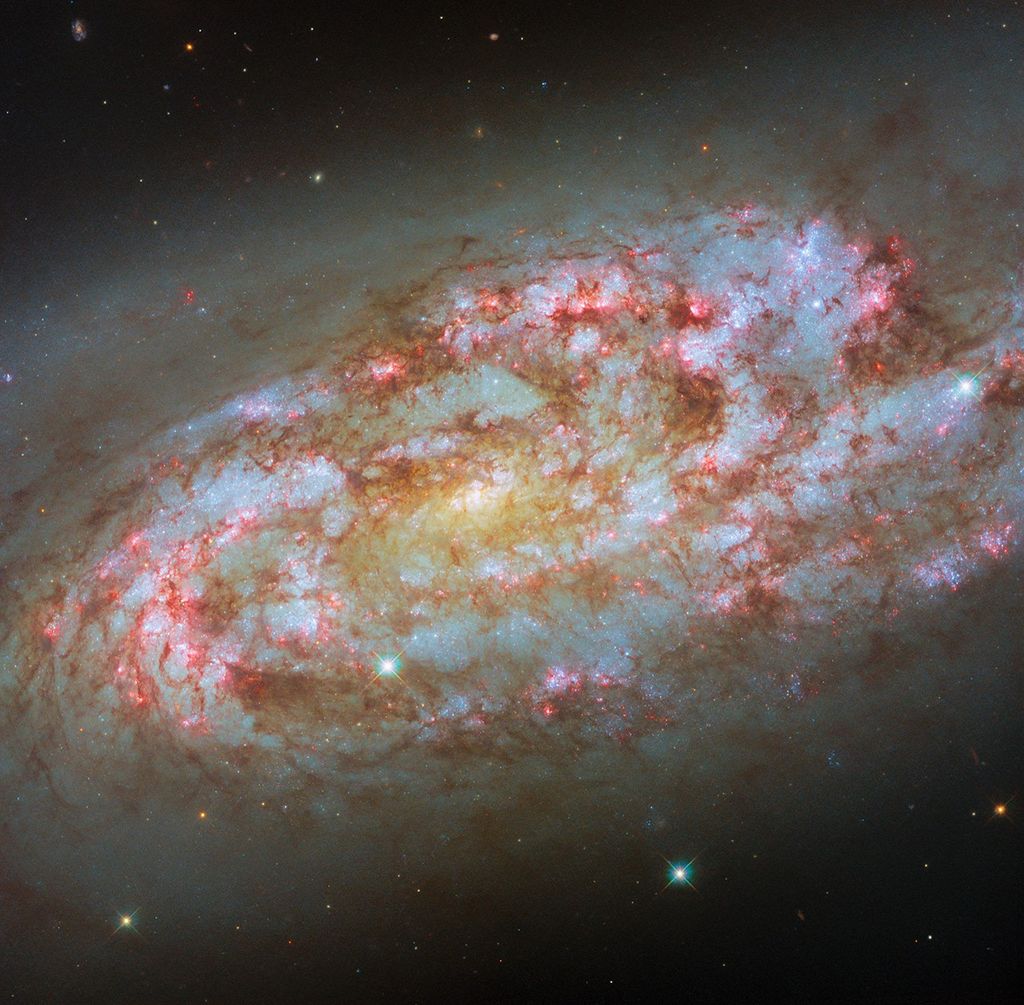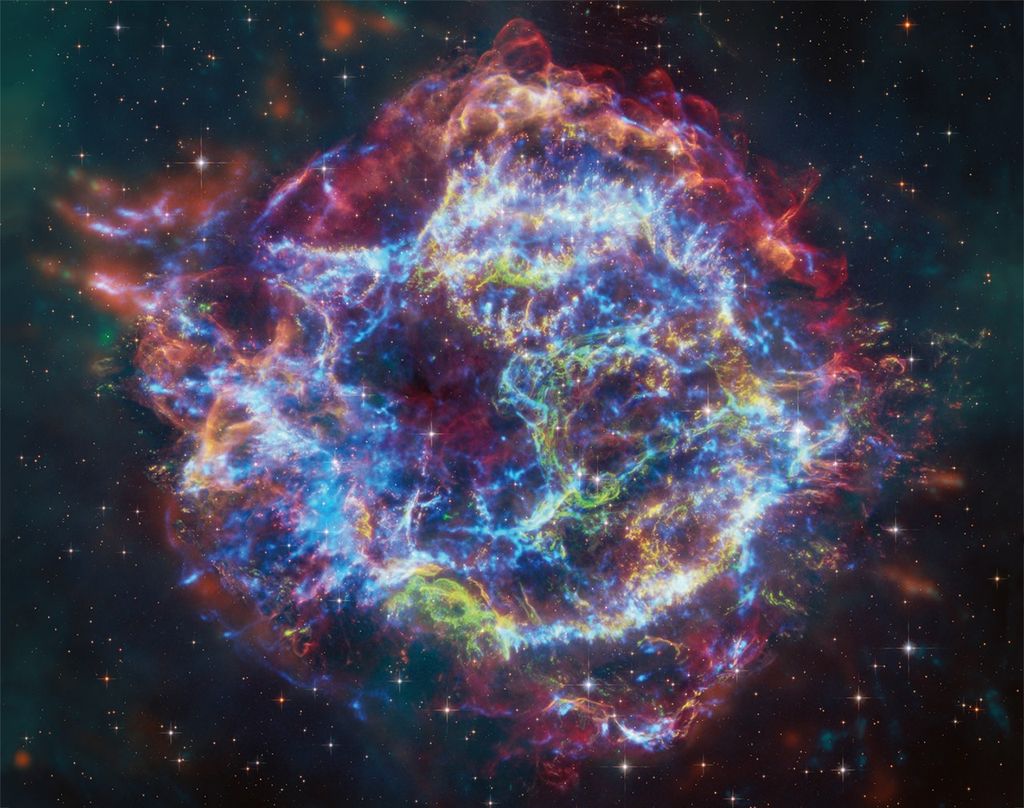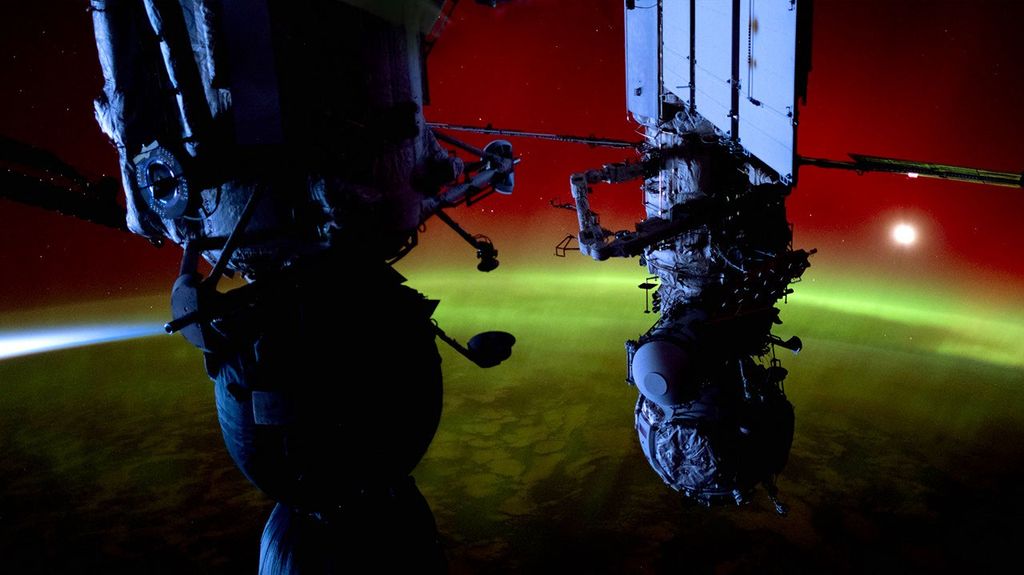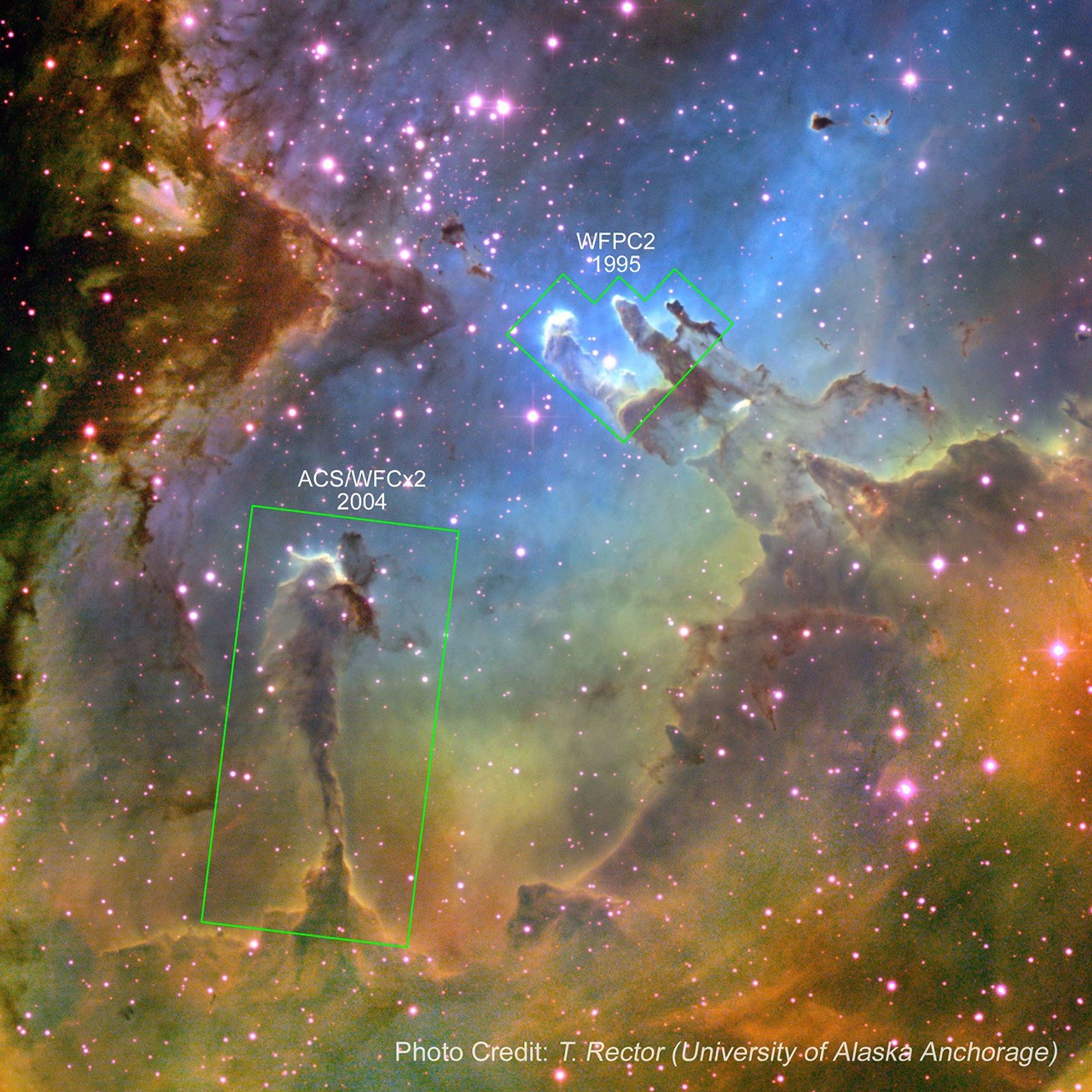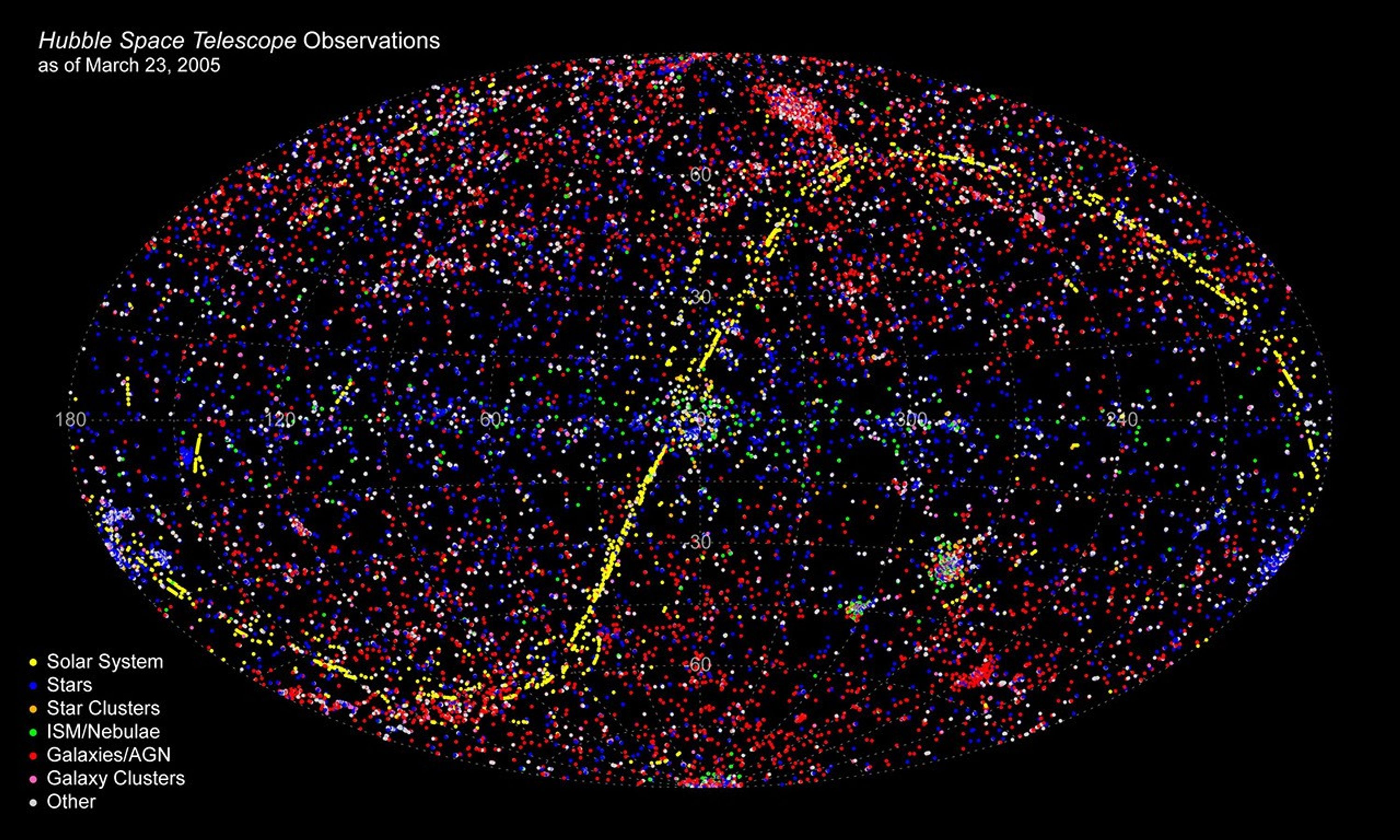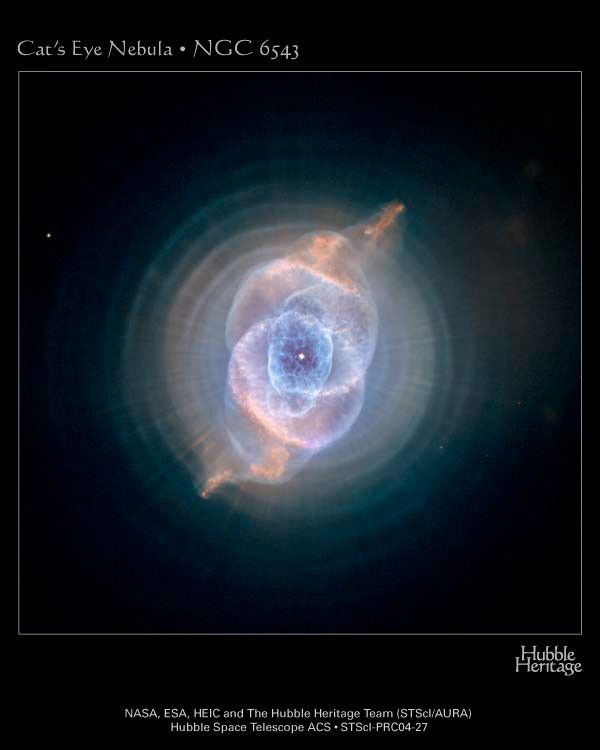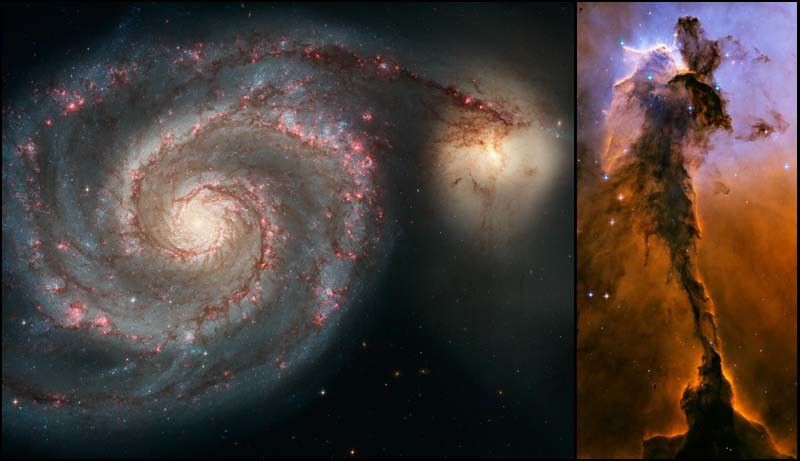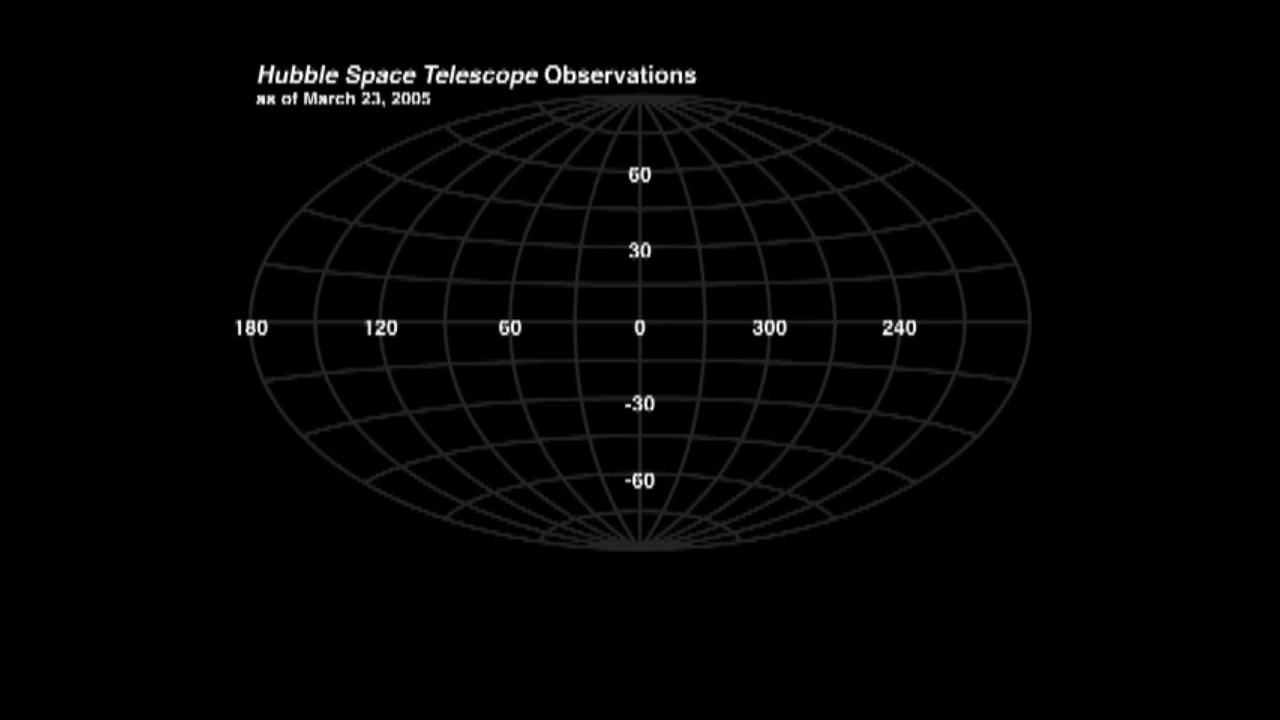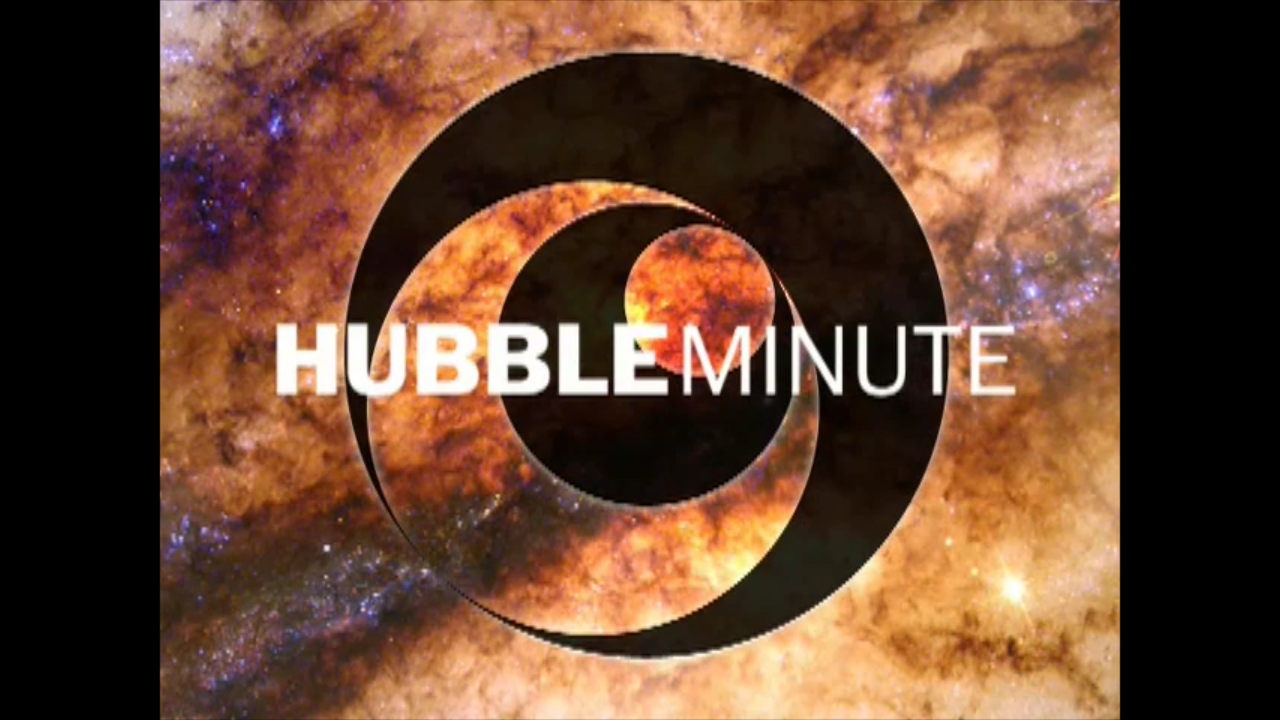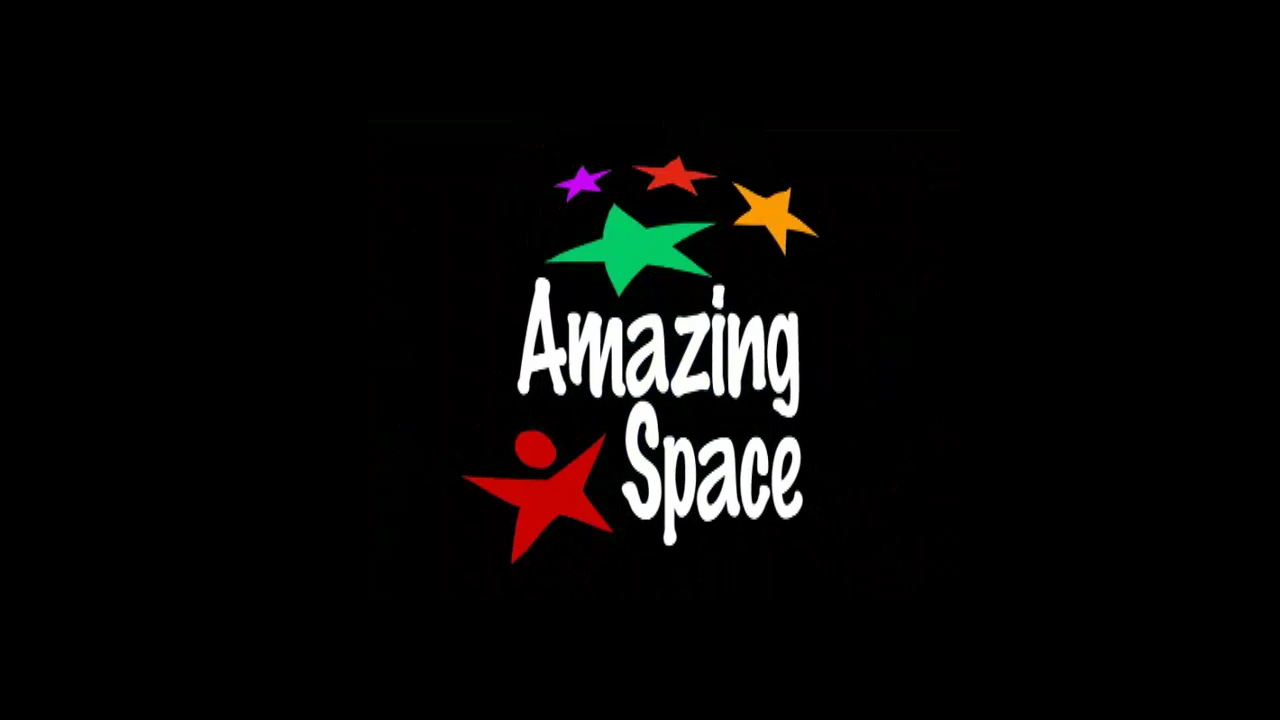When NASA's Hubble Space Telescope was launched in 1990, astronomers anticipated great discoveries, ranging from finding black holes to looking back billions of years toward the beginning of time. Now, 15 years later, the versatile telescope continues to deliver exciting new science, including helping to prove the existence of dark energy, tracing enigmatic gamma-ray bursts to distant galaxies, and sampling the atmospheres of far-flung planets. To celebrate Hubble's 15th anniversary, new breathtaking images will be released of a majestic spiral galaxy teeming with newborn stars and an eerie-looking spire of gas and dust.
The new image of the well-known spiral galaxy M51 (known as the Whirlpool Galaxy), showcases a spiral galaxy's classic features, from its curving arms, where newborn stars reside, to its yellowish central core, a home for older stars. A feature of considerable added interest is the companion galaxy located at the end of one of the spiral arms. The new photograph of the Eagle Nebula shows a tall, dense tower of gas that is being sculpted by ultraviolet light from a group of massive, hot stars.
The pictures are among the largest and sharpest views taken by Hubble. The images, taken by Hubble's Advanced Camera for Surveys, are 20 times larger than a photograph taken by a typical digital camera. The new images are so sharp that they could be enlarged to billboard size and still retain the stunning details.
Mural-sized images of both celestial objects will be unveiled at 100 museums, planetariums, and science centers across the country, from Guam to Maine. The 4-foot-by-6-foot image of M51 and the 3-foot-by-6-foot photograph of the Eagle Nebula will be on display at all the sites.
If you cannot see the pictures at a museum or planetarium, catch them on the new "Gallery." Views of M51 and the Eagle Nebula, along with more than 1,000 other glorious Hubble images, can be savored from the comfort of your home. If you want some Hubble pictures to hang in your home, then go to "Astronomy Print Shop." Choose from a list of Hubble images that are specially formatted for printing. Select the image, the size you want (from 4 inches by 6 inches to 16 inches by 20 inches), and download it. Then take it to your favorite print shop to make a copy suitable for framing.
Looking for information about Hubble and its discoveries that is written for children? Then go to the Amazing Space education website at http://amazing-space.stsci.edu. Children can read a story tailored just for them on Hubble's 15th anniversary, entitled "Hubble's Picture Book of the Universe." The story is under "The Star Witness," a section of the website offering Hubble news written for children. Children also can take a journey through the eras of telescope history by going to Amazing Space's "Online Explorations" and clicking on "Telescopes from the Ground Up." This newest addition to Amazing Space traces the fascinating history of telescope evolution from the technological advancements to the people who made the telescopes.
Hubble was placed into Earth-orbit on April 25, 1990. For the first time, a large telescope that sees in visible light began orbiting above Earth's distorting atmosphere, which blurs starlight and makes images appear fuzzy. Astronomers anticipated great discoveries from Hubble. The telescope has delivered as promised and continues serving up new discoveries. During its 15 years of viewing the universe, the telescope has taken more than 700,000 snapshots of celestial objects such as galaxies, dying stars, and giant gas clouds, the birthplace of stars. Astronomers are looking forward to more great discoveries by Hubble.
Background Information: Hubble's Top Ten Greatest Achievements
In its 14-year lifetime of surveying the heavens, the Hubble Space Telescope has witnessed the birth of stars, has looked far across the universe to see young galaxies, and has provided proof that an unseen force called "dark energy" dominates the cosmos.
Here is a synopsis of the Earth-orbiting observatory's most important science discoveries.
The Universe Is Caught Speeding
Hubble played a key role in discovering that a mysterious form of energy called dark energy is acting like a cosmic gas pedal, accelerating the universe's expansion rate. Dark energy shoves galaxies away from each other at ever-increasing speeds and works in opposition to gravity. Hubble observations of distant exploding stars called supernovas placed the most significant constraints to date on the nature of dark energy, revealing that it does appear to be a constant presence as first anticipated early last century by scientist Albert Einstein. Astronomers understand almost nothing about dark energy, even though it appears to comprise about 70 percent of the universe.
Tell Us Your Age
Some people hate to reveal their age, and the universe, it seems, is no different. Before Hubble was launched, astronomers had been trying for several years to pin down the universe's age. They came up with a wide age range, 10 to 20 billion years. One of Hubble's key duties was to help astronomers determine a precise age for the universe. The telescope helped astronomers accomplish that goal, narrowing the universe's age to 13 to 14 billion years old, an accuracy of about 10 percent. Astronomers made observations of Cepheid variable stars — pulsating stars used to measure vast distances — in the Virgo and other clusters to establish the expansion rate and the universe's age.
Postcards from the Edge of Space
Hubble provided astronomers with a "scrapbook" full of snapshots of the early universe. The scrapbook photographs revealed "toddler" galaxies that existed billions of years ago when the universe was young. The telescope snapped the pictures of the "deep" universe in a series of unique observations, the Hubble Deep Fields, the Great Observatories Origins Deep Survey, and the Hubble Ultra Deep Field. The observations provided the deepest view of the cosmos in visible, ultraviolet, and near-infrared light. In the most recent foray into the farthest regions of the universe, Hubble uncovered 10,000 galaxies, some of which existed 400 to 800 million years after the Big Bang. Unlike our Milky Way Galaxy, the galaxies spied in the Hubble observations take many other shapes. Some are shaped like toothpicks, others like links on a bracelet. Through these observations, astronomers can follow the evolution of the star-formation rate and witness how galaxies form. By studying galaxies at different eras, astronomers can see how galaxies change over time.
Worlds Beyond Our Sun
Astronomers using ground-based telescopes to hunt for planets outside our solar system, or extrasolar planets, have nabbed more than 100 alien worlds. But they needed the keen "eye" of Hubble to make the first direct measurement of the chemical makeup of an extrasolar planet's atmosphere. The telescope detected the elements sodium, hydrogen, carbon, and oxygen in the atmosphere of a Jupiter-sized planet. The unique observation demonstrates that Hubble and other telescopes can sample the chemical makeup of the atmospheres of alien worlds. Astronomers could use the same technique someday to determine whether life exists on extrasolar planets.
Besides testing the atmosphere of an extrasolar planet, Hubble also made precise measurements of the masses of two distant worlds. Astronomers believe that one of those worlds is the oldest known planet. The planet, whose estimated age is 13 billion years, is more than twice as old as 4.5-billion-year-old Earth.
Monster Black Holes Are Everywhere
The hubs of most galaxies have a mammoth resident that loves to gobble up anything that wanders near it. This sleeping monster, Hubble observations confirmed, is a black hole with a mass millions to billions times that of our Sun. Not only are black holes everywhere, but they also have an intimate relationship with their host galaxies. Hubble observations revealed that a tight relationship exists between the masses of the central black holes and those of the galactic bulges of old stars, gas, and dust that surround them. Monstrous galaxies, for example, have titanic black holes. This close relationship may be evidence that black holes grew with their galaxies, feasting on a measured diet of gas and stars swirling around the hearts of those galaxies.
The Biggest 'Bangs' Since the Big Bang
Imagine a powerful burst of light and other radiation that can burn away the ozone in Earth's atmosphere. Luckily, bursts of light that strong occur so far away they will not scorch our planet. These bursts of light are called gamma-ray bursts. They may represent the most powerful explosions in the universe since the Big Bang, the explosive birth of our universe. Hubble images showed that these brief flashes of radiation come from far-flung galaxies that are forming stars at enormously high rates. By pinpointing the host galaxies, Hubble also identified the sources of the "bursts": the collapse of massive stars.
Quasars, the Light Fantastic
Quasars have been so elusive and mysterious that the hunt to define them would have taxed even the superior analytical skills of detective Sherlock Holmes. Since their discovery in 1963, astronomers have been trying to crack the mystery of how these compact dynamos of light and other radiation, which lie at the outer reaches of the universe, produce so much energy. Quasars are no larger than our solar system but outshine galaxies of hundreds of billions of stars. These light beacons have left trails of evidence and plenty of clues, but scientists have only just begun to understand their behavior. Astronomers using Hubble tracked down the "homes" of quasars, proving that these dynamos reside in the centers of galaxies.
Planet Construction Zones
Peering into the gaseous clouds in the Milky Way Galaxy where stars are born, Hubble discovered that many young stars are surrounded by flattened disks of gas and dust. These disks, now known as "proplyds" (short for protoplanetary disks), are the likely birthplaces of new planetary systems.
Hubble provided visual proof that pancake-shaped dust disks around young stars are common, suggesting that the building blocks for planet formation are in place.
A Shattered Comet Rocks Jupiter
Imagine setting off every atomic bomb on Earth all at once. Now imagine repeating such an apocalyptic explosion two dozen times in a week! Unleashing such energy would destroy Earth's surface, but the giant planet Jupiter hardly flinched when it underwent such a catastrophe in 1994. Hubble provided a ringside seat to a once-in-a-millennium event when two dozen chunks of a comet smashed into Jupiter. Hubble provided dramatic images of massive explosions that sent towering mushroom-shaped fireballs of hot gas into the Jovian sky. The doomed comet, called Shoemaker-Levy 9, had been pulled apart two years earlier by Jupiter's gravity. Each impact left temporary black sooty scars in Jupiter's planetary clouds.
Going out in a Blaze of Glory
A Sun-like star's death is as colorful as maple leaves in autumn. Sun-like stars die gracefully by ejecting their outer gaseous layers into space. Eventually, the outer layers begin to glow in vibrant colors of red, blue, and green. The colorful glowing shroud is called a planetary nebula. Hubble revealed unprecedented details of this process. Ground-based images suggested that many of these objects had simple shapes, but Hubble showed that their shapes are more complex. Hubble's keen "eye" disclosed that planetary nebulas are like snowflakes: no two are alike.
Turning its vision to the tattered remains of a massive star that exploded as a supernova in 1987, Hubble found three mysterious rings of material encircling the doomed star. During the years since the eruption, Hubble spied brightened spots on the middle ring caused by material ejected from the explosion slamming into it.
Background Information: Hubble Trivia 2005
In its 15 years of viewing the sky, NASA's Hubble Space Telescope has taken more than 700,000 exposures and probed more than 22,000 celestial objects.
The Hubble Ultra Deep Field (HUDF) is the most observed area of the sky. Hubble spent more than 500 hours viewing the HUDF, snapping more than 1,100 photographs.
Hubble has whirled around Earth nearly 88,000 times, racking up 2.3 billion miles. That is like making about 400,000 round trips from New York City to Los Angeles.
The telescope's observations have produced 23 terabytes of data, equal to the amount of text in 23 million novels. The Hubble data would fill two Library of Congress book collections.
Each day the orbiting observatory generates enough data – about 15 gigabytes – to fill more than three DVDs.
In Hubble's 15-year lifetime, about 3,900 astronomers from all over the world have used the telescope to probe the universe.
Astronomers have published more than 4,000 scientific papers on Hubble results.













